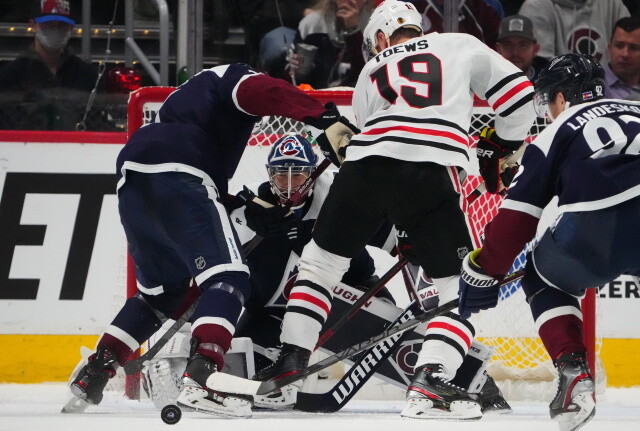Marco D’Amico of Montreal Hockey Now: The more teams accrue cap space leading up to the trade deadline, the more they’ll be able to spend. A team like the Nashville Predators have $2.86 million in current cap space, which would mean $6.55 million in deadline cap space.
There are currently 17 teams using LTIR, 10 of which are one of 16 playoff teams.
A source says that teams may need to get a third team involved to make the money work.
“You’re going to see teams in Wild Card situations likely jump the gun to get ahead of it all,” said the source when asked how this year’s NHL Trade Deadline differs from others. “Right now, we know teams want to move, and the lack of consensus about when deals should start happening could create an interesting seller’s market, but also a cap broker market.”
Frank Seravalli of Daily Faceoff: Teams using a third team to retain salary is more likely this trade deadline given the number of teams using LTIR or are close to the cap ceiling.
An example of two teams retaining 50 percent of Jonathan Toews‘ $10.5 million cap hit: Blackhawks $5.25 million, Ducks $2.625 million, and acquiring team $2.625 million.
Deals may happen closer to the deadline to get the cap number and cash paid out down. At the deadline, about 78 percent of players’ contracts will be paid out already.
History, real cash payout have been in the below ranges.
1st Round Pick: $800,000+
2nd Round Pick: $650,000
3rd Round Pick: $500,000
4th Round Pick: $350,000
5th Round Pick: $185,000
6th Round Pick $125,000
7th Round Pick: $100,000<
Ranking interested teams in being a third-party broker and how much projected cap space they have.
1. Arizona Coyotes – Projected Cap Space: $34 million
2. Chicago Blackhawks – Projected Cap Space: $9.5 million
3. Anaheim Ducks – Projected Cap Space: $26.5 million
4. Columbus Blue Jackets – Projected Cap Space: ~$7 million (LTIR)
5. Buffalo Sabres – Projected Cap Space: $33 million
6. Detroit Red Wings – Projected Cap Space: $9 million



